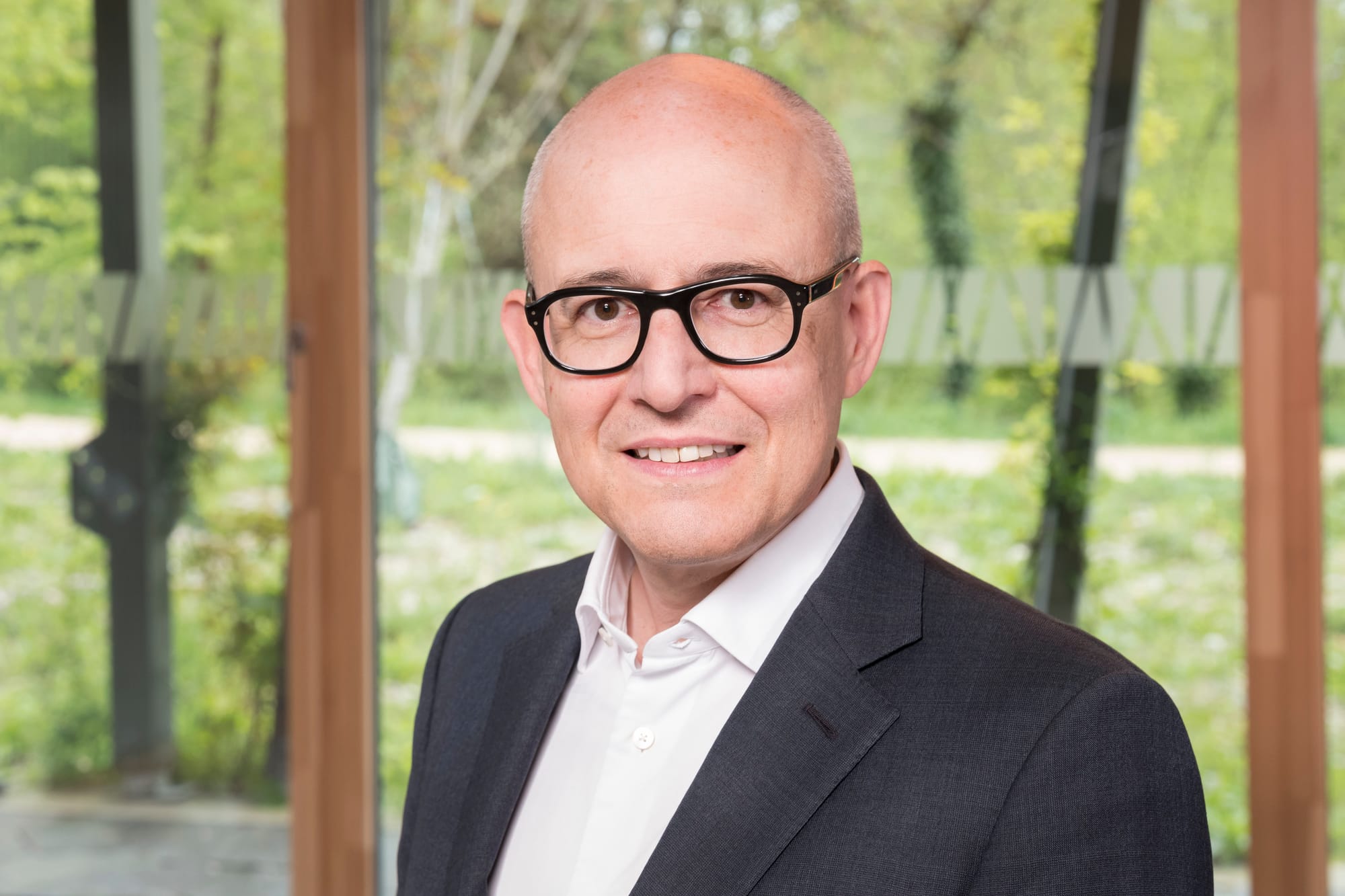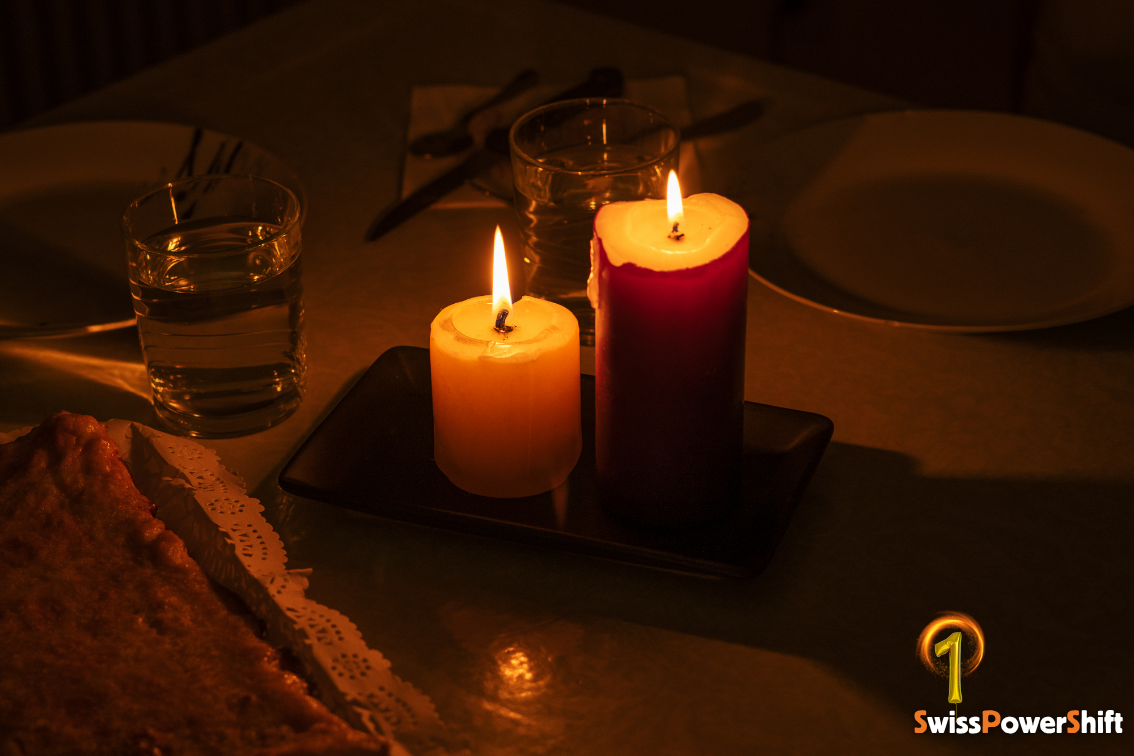Spain and Portugal experienced a real "black-out" a few days ago: a general power outage resulting from a form of "collapse" of the national power grid. The cause is not yet known at this stage, and I prefer to avoid speculation, whether "pro" or "anti" renewables.
At first glance, this outage does not seem to be linked to a lack of energy (no large generation plant was reported offline), but rather appears to be multifactorial, related to a momentary imbalance between the energy injected and that consumed on the grid.
Indeed, the power grid — whether low, medium or high voltage — must at all times remain balanced between energy production and consumption. This management falls either to the distribution network operators (DNOs) concerned, or to Swissgrid for the national high-voltage grid (which was affected in the Iberian case).
Energy shortage, for its part, has nothing to do with grid issues or a black-out, even though it can cause one if poorly managed.
Black-out or shortage
The causes of a black-out can be multiple, ranging from incidents at generation plants or transformer substations to poor management by the network operator concerned. The control and monitoring of the grid, carried out continuously by the DNOs and Swissgrid, are of paramount importance to prevent problems or to resolve them as quickly as possible.
For example, Lausanne experienced a fire in a transformer substation in 2020, which plunged a quarter of the city into darkness for several hours. As in Spain and Portugal, it was thanks to excellent coordination between grid supervision and field crews that services were restored in barely a few hours. But I will come back to that below.
Energy shortage, for its part, has nothing to do with grid issues or a black-out, even though it can cause one if poorly managed. It is a lack of energy over a more or less long period.
Switzerland's "OSTRAL" plan
To address this, the Confederation already provided, about thirty years ago, a plan called "OSTRAL". At that time, the risk of shortage seemed distant, and few — if any — DNOs had really prepared to implement this plan before 2022.
That year, the risk of shortage became very concrete for the coming winter, due to the shutdown for overhaul of nearly half of the French nuclear plants, but also to the near-total interruption of Russian gas deliveries to Europe. From then on, preparation for a possible shortage became a priority, and the implementation of the OSTRAL plan was quickly initiated by energy companies. In a few months, they carried out in depth work that, until then, had been done more superficially.
The objective is to avoid reaching the fourth level and to limit the consequences of the shortage on the functioning of our society, by gradually eliminating certain uses.
Measures intended to avoid a shortage have no direct relation to a black-out. They were widely discussed during recent winters, so I will not go into detail here. Four levels of measures are planned, with movement to a higher level only occurring if the previous steps are insufficient to limit the risk of shortage. The objective is to avoid reaching the fourth level and to limit the consequences of the shortage on the functioning of our society, by gradually eliminating certain uses, starting with those having the lowest economic and social impacts.
- Level 1: Calls for voluntary reductions in electricity consumption.
- Level 2: Restrictions and/or bans targeting non-essential activities.
- Level 3: Curtailment of large consumers, who must reduce their consumption by 10% to 50%, depending on the situation.
- Level 4: Load shedding — the most constraining measure — consisting of cutting electricity by zone, in turn, except for establishments deemed essential, provided that the configuration of the grid allows their supply (hospitals, emergency services, drinking water management, wastewater, heating, etc.).
These measures can — and must — be anticipated. They are announced several days in advance when the Confederation deems that a shortage situation is likely to occur. During the winter of 2022-2023, we already triggered the first level, which was sufficient to get through the season, notably thanks to an exceptionally mild winter. Energy companies, however, helped large consumers prepare for levels 2 and 3, and organized themselves more concretely in view of a possible move to the fourth level.
Essential role of DNOs
The objective is obviously to avoid an electricity shortage at the most critical moment: at the end of winter, when Swiss reservoirs are empty and no longer provide a sufficient energy reserve. For this, rationed management can be put in place from the beginning of the cold season. A production deficit at the end of February could cause a black-out, for lack of sufficient energy to meet demand. It mainly implies a structural supply problem over a longer period.
The black-out is generally linked to a grid imbalance over a very short period, whereas a risk of shortage can be anticipated and avoided. For this risk to remain acceptable, it is essential to maintain significant national production capacities and to increase winter production.
Measures aimed at preventing a black-out do not directly concern end consumers, but fall under the responsibility of network operators at different levels. They relate to their ability to maintain the grid balance at all times, to ensure that oscillations remain tolerable, and, if necessary, to be able to absorb quickly a large amount of energy — or inject it — in order to restore the overall balance.
In Switzerland as well, the various DNOs participate in black-out and restoration simulations, in connection with Swissgrid, in order to be able to rebuild everything quickly from a stable grid.
But the most important work in black-out situations is the "reconstruction" of the grid. This requires being able to reconnect the electrical system progressively from a stable and reliable area. That is why, in the Iberian case, France first cut all connection with Spain — to prevent its own grid from falling as well — before allowing, alongside Morocco, a progressive reconnection of the Spanish grid, region by region, thanks to the stability of its neighbors.
In Switzerland as well, the various DNOs participate in black-out and reconstruction simulations, in connection with Swissgrid, in order to be able to rebuild everything quickly from a stable grid. This is what happened — rather impressively — in Spain and Portugal, where 90% of the network was able to be restored in barely 16 hours after the incident.
Thus, while a shortage can indeed cause a black-out, the two phenomena are by no means synonymous and require very different measures, both to prevent them and to remedy them. In any case, we must prepare for both situations — and we are doing so — because they can occur and their consequences can be very impactful.
This article has been automatically translated using AI. If you notice any errors, please don't hesitate to contact us.




